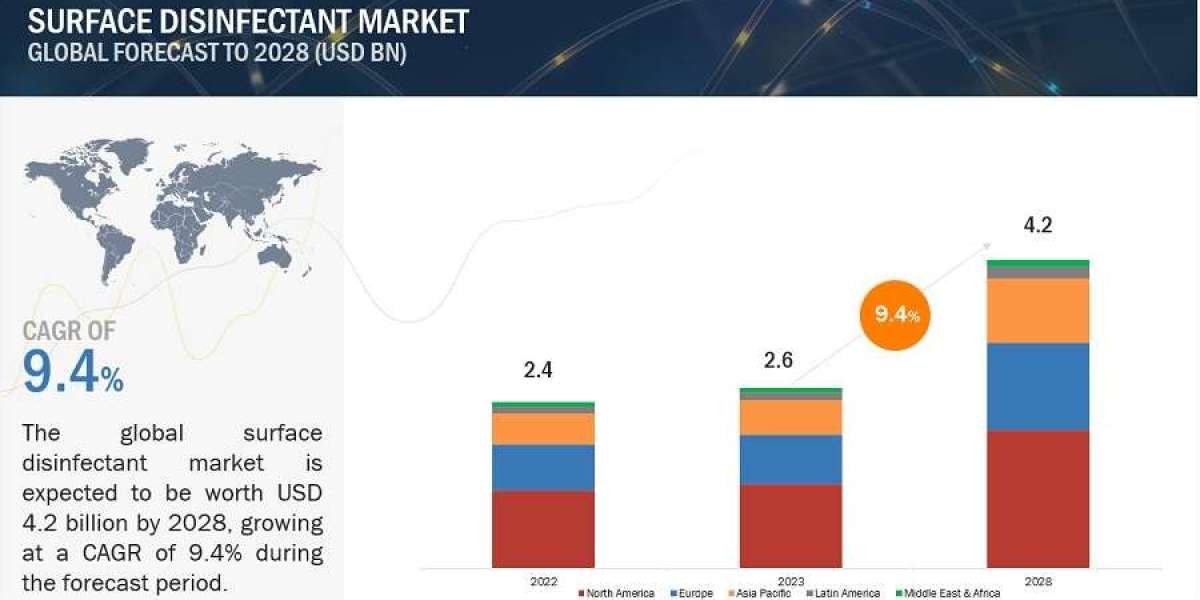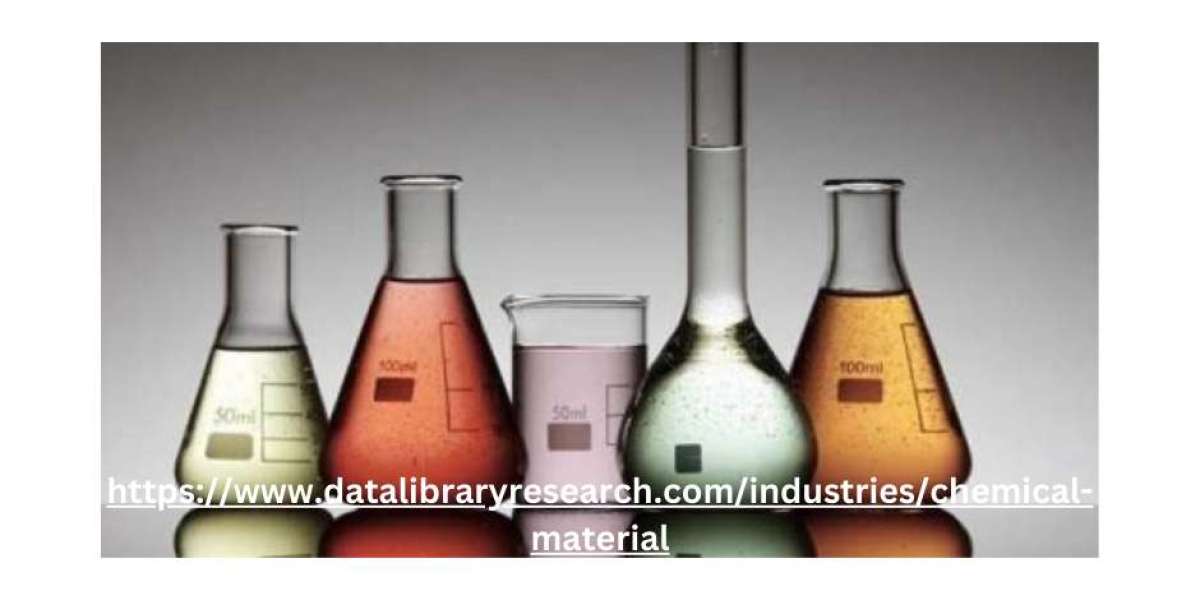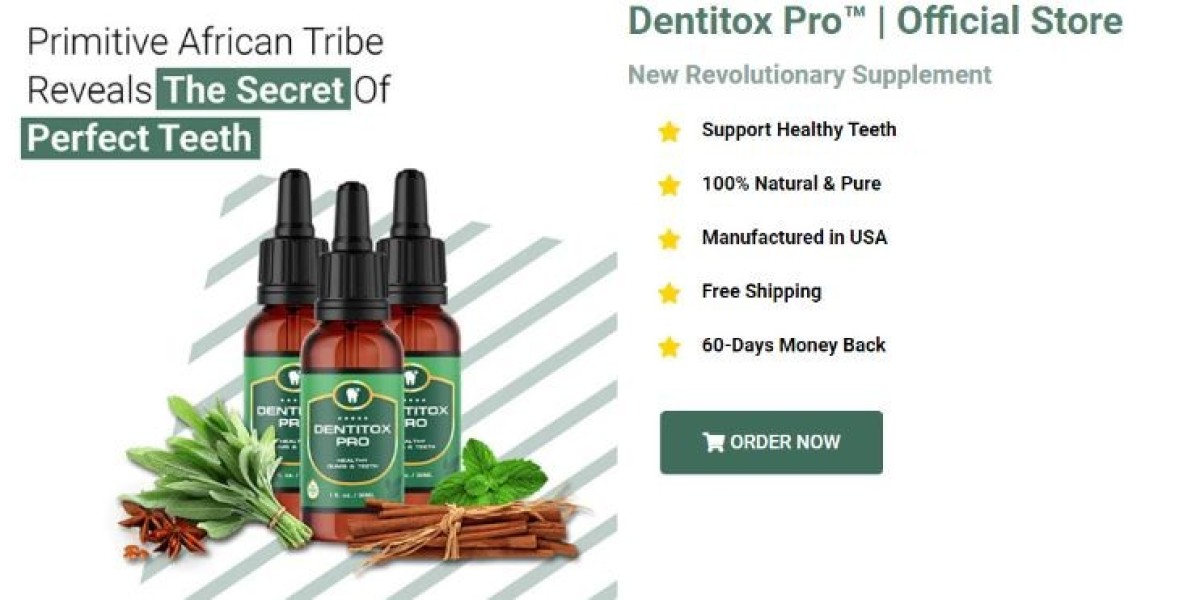The global surface disinfectant market, valued at $2.6 billion in 2023, is expected to expand at a 9.4% CAGR to reach $4.2 billion by 2028. This growth is driven by heightened hygiene awareness due to COVID-19, the prevalence of hospital-acquired infections, and advances in disinfectant technology. However, concerns over chemical disinfectants' side effects and strict regulatory standards present challenges. Emerging economies like South Africa, Brazil, and India, with their growing healthcare spending, present growth opportunities. The market is segmented by composition (e.g., alcohols, chlorine compounds), type (e.g., wipes, liquids), application, end user (e.g., hospitals), and region, with North America dominating. Major companies such as 3M, Procter & Gamble, Reckitt Benckiser, and Ecolab are focusing on new products and acquisitions to strengthen their infection control capabilities.
The alcohol segment accounted for the largest share of the surface disinfectant market, by composition segment, in 2022
Based on composition, the surface disinfectants market is segmented into alcohol, chlorine compounds, quaternary ammonium compounds, hydrogen peroxide, peracetic acid, and other compositions. The ability of alcohol-based disinfectants to efficiently kill germs and evaporate immediately and the increased demand patterns for domestic and hospital-grade disinfectants due to the spread of viral diseases are expected to boost the growth of this market segment.
Liquid segment to register the highest growth rate during the forecast period
Based on type, the surface disinfectants market is distributed into liquids, wipes, and sprays. In 2022, the liquid segment accounted for the highest market share of the surface disinfectant market. The large share of this segment is mainly driven by the wide use of liquid disinfectants for infection control of hospital-acquired infections and corresponding low cost compared to sprays and wipes.
The surface disinfection segment accounted for the largest share of the surface disinfectant market, by application segment, in 2022
Based on application, the surface disinfectants market is segmented into surface disinfection, instrument disinfection, and other applications. In 2022, the large share of this application segment is mainly due to hospital acquired infections and other chronic infections which require surface disinfection on daily basis as they contain contagious elements.
The hospital settings segment accounted for the largest share of the surface disinfectant market, by end-user segment, in 2022
Based on end users, hospital settings, diagnostic laboratories, pharmaceutical & biotechnology companies, and research laboratories. In 2022, hospital settings held for a largest share of the surface disinfectant market owing to the high prevalence of HAI’s due to increased hospitalization, thereby continuous demand of disinfectants in hospitals settings.
North America is the largest regional market for surface disinfectant market
The global surface disinfectant market is segmented into five major regions—North America, Europe, the Asia Pacific, Latin America, and the Middle East & Africa. North America accounted for the largest regional market for surface disinfectant market in 2022. The large share of North America in this market is due to high demand of surface disinfectants, rising healthcare spending, hygiene and health-related awareness, and increased R&D activities across surface disinfectant formulators.
Driver: Rising demand for infection control measures to curb hospital-acquired infections
The major pathogens causing HAIs include C. difficile, Staphylococcus aureus, Klebsiella, and Escherichia coli. Transmission of pathogens can occur through direct contact with healthcare workers or a contaminated environment. The rising geriatric population and the increasing incidence of chronic diseases results in increased hospitalization rates, which, in turn, increases the occurrence of HAIs. This is expected to boost the demand for sterilization and disinfectant products.
Restraint: Rising number of adverse effects of chemical disinfectants
The majority of chemical disinfectants on the market today have harmful qualities. For instance, although sodium hypochlorite is a powerful treatment for blood-borne infections, it is also extremely corrosive and irritating to the respiratory system. As a result, cleaning staff and building occupants should exercise caution when using it because it can damage a variety of surfaces and be harmful if released into the environment.
Opportunity: Increasing healthcare expenditure and focus in emerging economies
Players in the sterilization and disinfection markets have a lot of opportunities in emerging economies like South Africa, Brazil, and India. These economies' rapidly aging populations, growing patient volumes, rising per capita incomes, and growing awareness all contribute to the need for better healthcare services. Multinational infection control companies can find profitable opportunities to offshore their business operations to emerging economies in the Asia-Pacific region.
Challenge: Stringent regulations
Regulatory guidelines for the use of surface disinfectants are very stringent in many developed countries. Users are required to follow directions as labeled on each product explicitly. It is a violation of federal law to use products in a manner inconsistent with their labeling. Failure to follow the specified use dilution, contact time, method of application, or any other condition of use is considered a misuse of the product, and it is potentially subject to enforcement action. Such regulations create rifts for manufacturers to get their products approved and prove to be a challenge.
Content Source:
https://www.marketsandmarkets.com/PressReleases/surface-disinfectant.asp








